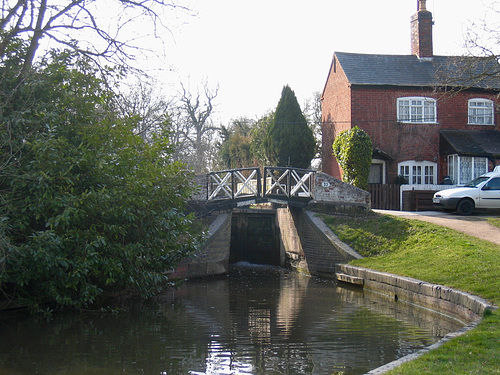Phil
Gone, but not forgotten.
A few more canal/horse based images that I have collected over the years trawling the web. I have no other information with them other than I set out below,
The first one is at Lifford Lane, Cotteridge, the second just states Birmingham canal, the third is the Navigation Offices on Paradise Street Wharf and the last is at the Fountain Pub Tipton.



![Fountain pub Tipton-canal-2[1].jpg Fountain pub Tipton-canal-2[1].jpg](https://birminghamhistory.co.uk/forum/data/attachments/59/59423-58a085d2c88e564319d03578b8399814.jpg)
The first one is at Lifford Lane, Cotteridge, the second just states Birmingham canal, the third is the Navigation Offices on Paradise Street Wharf and the last is at the Fountain Pub Tipton.



![Fountain pub Tipton-canal-2[1].jpg Fountain pub Tipton-canal-2[1].jpg](https://birminghamhistory.co.uk/forum/data/attachments/59/59423-58a085d2c88e564319d03578b8399814.jpg)










